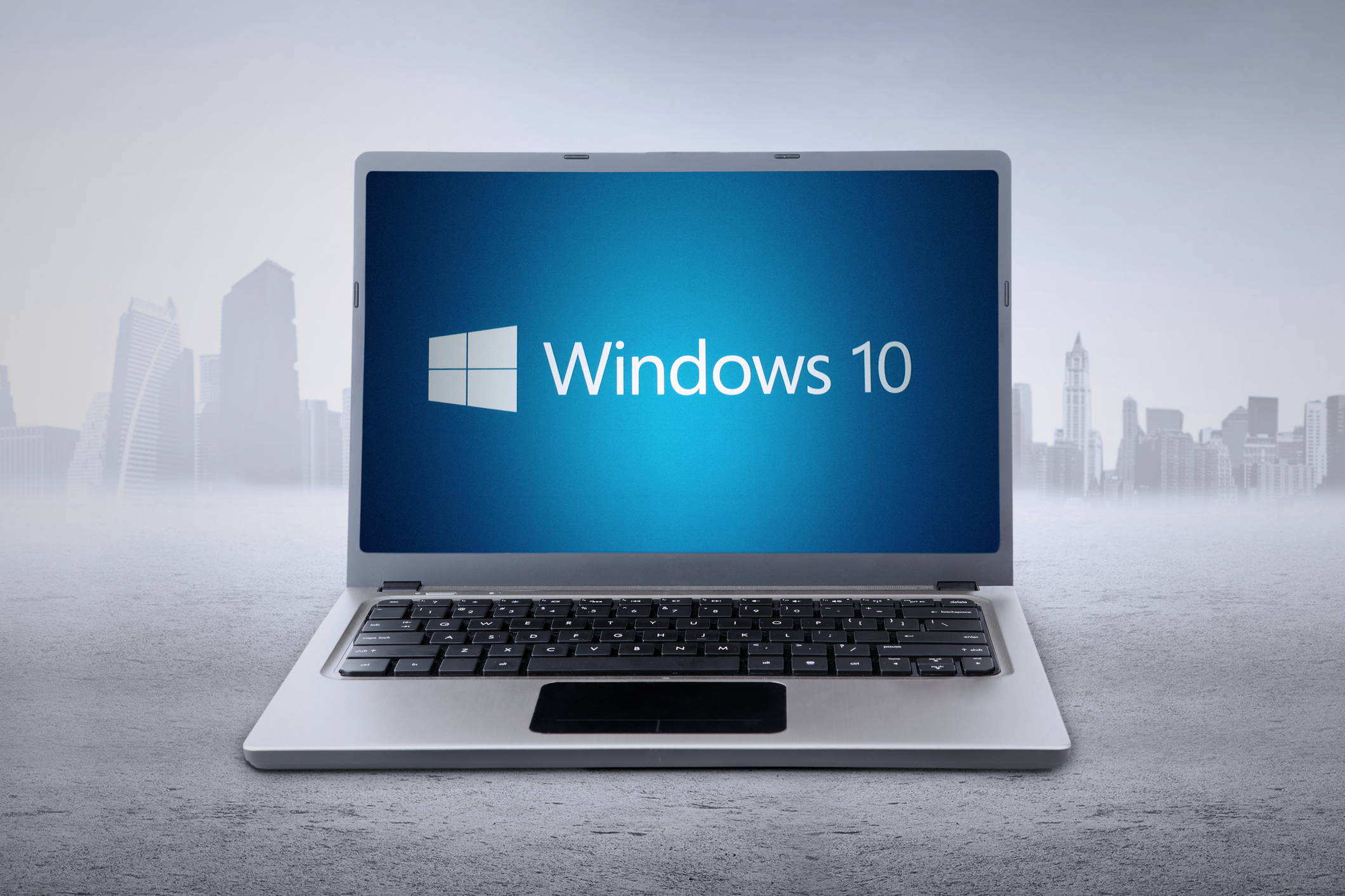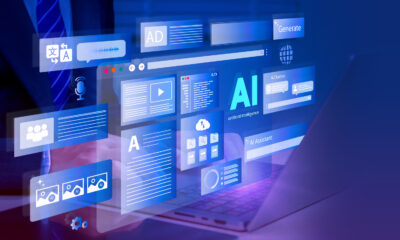Top Stories
Nearly 50% of PCs Still on Windows 10 as Upgrade Cycle Continues

Close to half of all personal computers are still operating on Windows 10, despite the approaching end of official support, which is set for early November 2025. Executives from Dell and HP disclosed during recent earnings calls that the transition to Windows 11 is ongoing and expected to extend through 2026. This slow upgrade cycle is particularly evident in small and medium-sized businesses (SMBs), where budget constraints hinder immediate changes.
During a call with investors, Enrique Lores, CEO of HP, stated, “When we look at the total conversion, we are behind what we have been in other years.” He emphasized that the shift is primarily occurring within enterprise environments, while SMBs may need to rely on Microsoft’s extended support options before making the upgrade. Microsoft offers an Extended Security Updates (ESU) program, allowing businesses to continue using Windows 10 through paid increments until October 2028. The costs associated with this program begin at $61 per device in the first year and increase significantly thereafter.
According to Ranjit Atwal, research director at Gartner, many businesses have delayed their transition to Windows 11 due to limited budgets or insufficient perceived benefits from the upgrade. He noted that companies utilizing the ESU will likely migrate to Windows 11 gradually over the next year.
Increasing Demand for AI PCs
The demand for AI-enabled personal computers is on the rise, with HP reporting an 8% increase in consumer PC shipments in the third quarter of 2025. The commercial sector also saw a 3% rise compared to the same period last year. HP’s Personal Systems Group, which includes PCs, experienced a revenue increase of 6% year-over-year. Notably, AI PCs accounted for approximately 25% of their total shipments, surpassing expectations.
Conversely, Dell reported a 7% decline in consumer revenue, although the company profited from increased prices. Jeff Clarke, vice chairman and chief operating officer of Dell Technologies, described the potential for continued moderate growth driven by an aging PC base and the impending end of Windows 10 support. He acknowledged that many existing PCs cannot run Windows 11, presenting ongoing opportunities for upgrades.
Global PC shipments grew by 6.5% year-over-year in the third quarter of 2025; however, Dell’s shipments declined by 3.2%. Despite this, Dell remains positioned behind Lenovo and HP in shipment rankings. While Clarke did not specifically mention AI PCs during the earnings call, he highlighted the profitability of enterprise AI servers powered by Nvidia GPUs, indicating a shift in focus toward lucrative enterprise solutions.
Rising PC Prices Driven by Tariffs and Production Shifts
Both HP and Dell are experiencing rising prices for personal computers, attributed to tariffs on goods imported into the United States. Lores indicated that AI PCs certified as Copilot+ by Microsoft are seeing price increases of approximately 5% to 10% compared to standard models. The baseline tariffs have prompted manufacturers to relocate production out of China to minimize costs.
According to Jitesh Ubrani, a research manager at IDC, the transition of production facilities has associated costs that impact profitability. While some tariff exemptions apply to PCs produced outside China, overall price increases appear unavoidable. Both companies have successfully mitigated some of the tariff impacts by increasing non-tariff inventory and shifting production to lower-cost countries, but these strategies are becoming less effective.
As a result, HP has relocated some production to the United States, Thailand, Mexico, and Vietnam to navigate trade-related costs. Dell is also making significant investments to adjust its manufacturing sites accordingly. Market analysts foresee that the combination of rising prices and the ongoing transition from Windows 10 to Windows 11 will shape the PC landscape in the coming years.
In summary, as the end of support for Windows 10 draws near, the current landscape reveals a mix of slow upgrades, increasing demand for AI devices, and rising costs. Companies will need to adapt to these changes while balancing consumer needs and market dynamics.
-

 World1 week ago
World1 week agoPrivate Funeral Held for Dean Field and His Three Children
-

 Top Stories2 weeks ago
Top Stories2 weeks agoFuneral Planned for Field Siblings After Tragic House Fire
-

 Sports3 months ago
Sports3 months agoNetball New Zealand Stands Down Dame Noeline Taurua for Series
-

 Entertainment3 months ago
Entertainment3 months agoTributes Pour In for Lachlan Rofe, Reality Star, Dead at 47
-

 Entertainment2 months ago
Entertainment2 months agoNew ‘Maverick’ Chaser Joins Beat the Chasers Season Finale
-

 Sports3 months ago
Sports3 months agoSilver Ferns Legend Laura Langman Criticizes Team’s Attitude
-

 Sports1 month ago
Sports1 month agoEli Katoa Rushed to Hospital After Sideline Incident During Match
-

 World2 weeks ago
World2 weeks agoInvestigation Underway in Tragic Sanson House Fire Involving Family
-

 Politics2 months ago
Politics2 months agoNetball NZ Calls for Respect Amid Dame Taurua’s Standoff
-

 Top Stories2 weeks ago
Top Stories2 weeks agoShock and Grief Follow Tragic Family Deaths in New Zealand
-

 Entertainment3 months ago
Entertainment3 months agoKhloe Kardashian Embraces Innovative Stem Cell Therapy in Mexico
-

 World4 months ago
World4 months agoPolice Arrest Multiple Individuals During Funeral for Zain Taikato-Fox





















